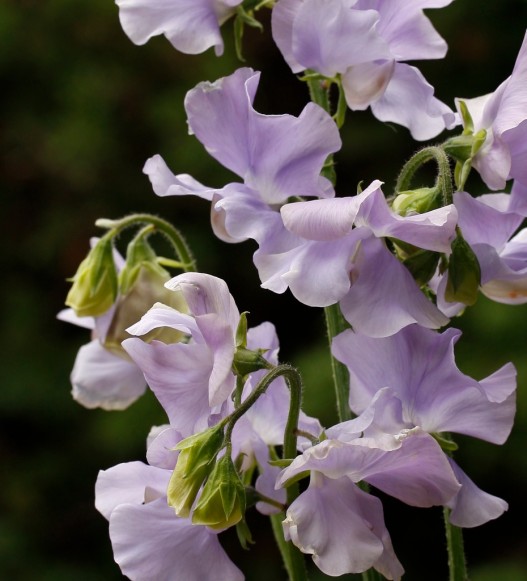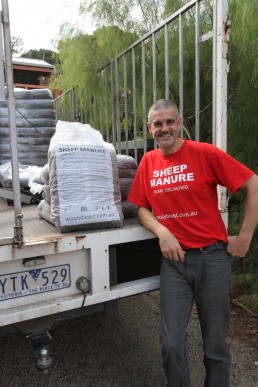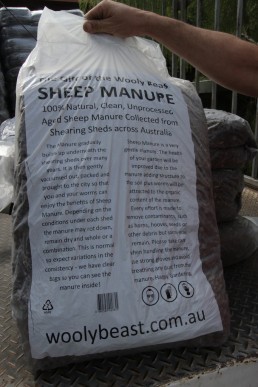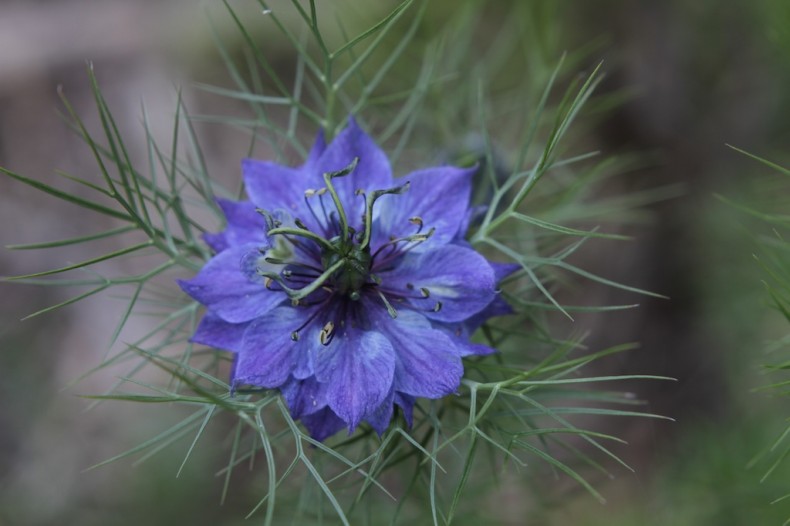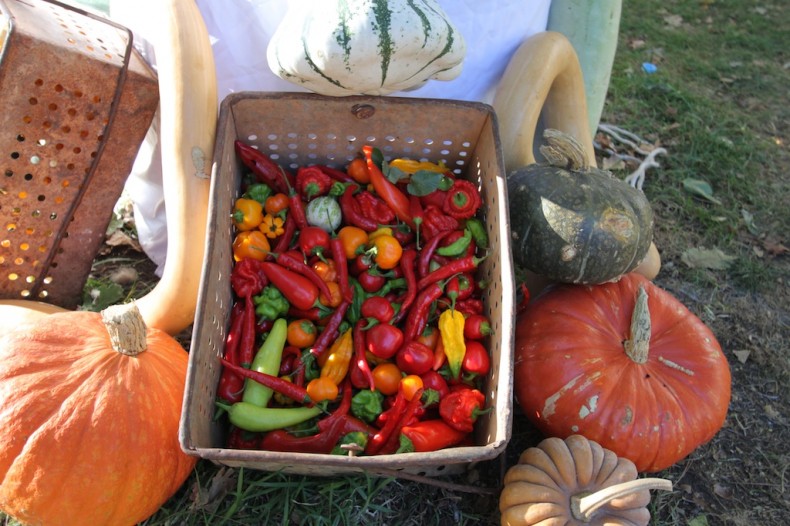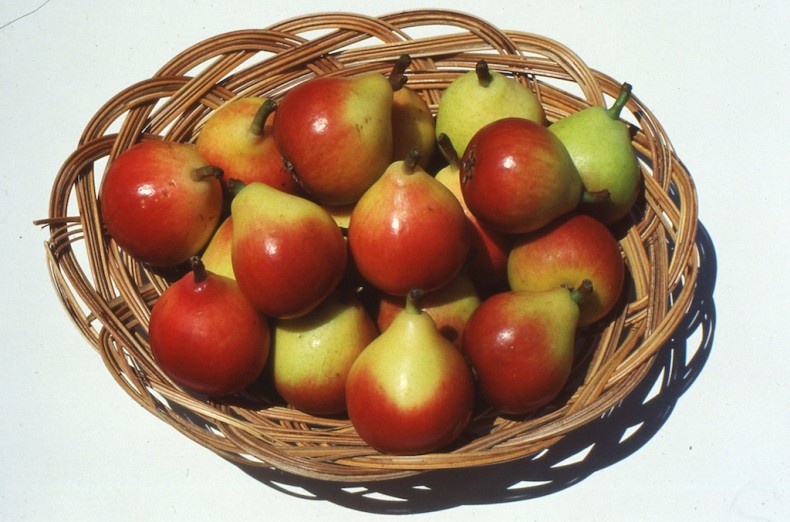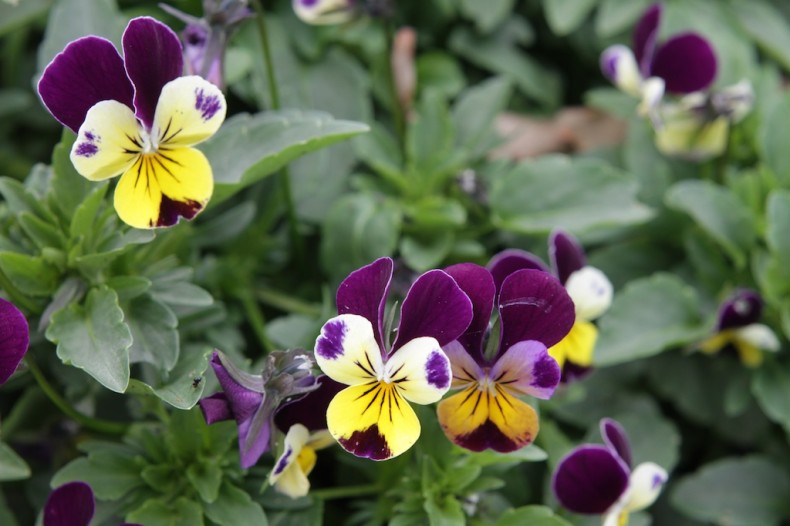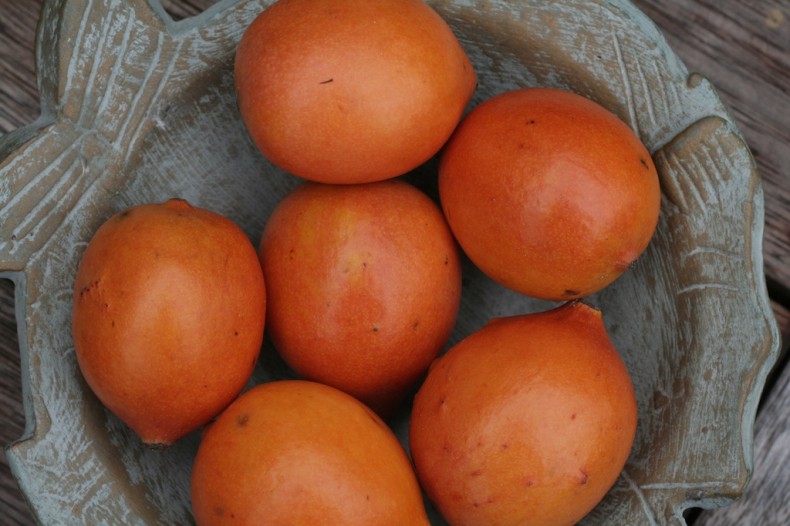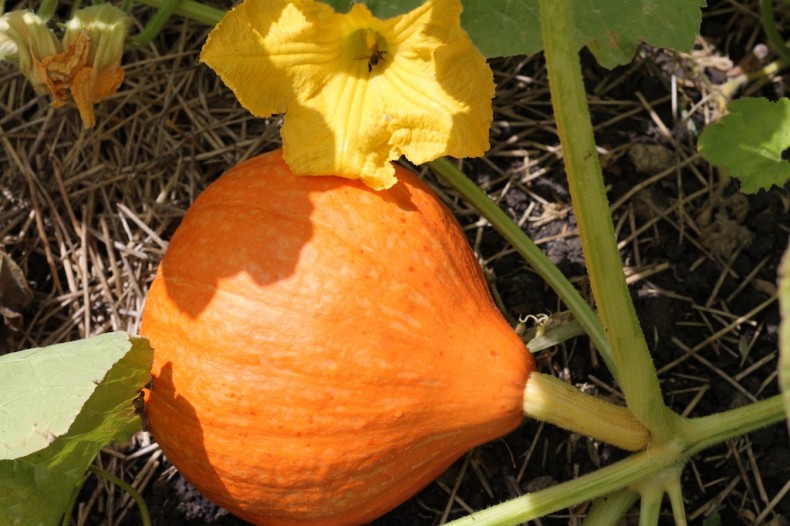I’ve never been any good at growing sweet peas, so I asked my friend to write about them for me.
Article by Anne-Marie Strickland and photos kindly supplied by Dr Keith Hammett
RELAX. You don’t have to do what the Vatican says, therefore St Patrick can safely be ignored on the matter of when to plant your sweet peas. And 2013 is definitely the year of the sweet pea, according to NZ breeder Dr Keith Hammett, who recently visited Melbourne.
Never mind that 17 March has come and gone. It’s a brave new world for lovers of the sweet pea’s inimitable scent, beauty and profusion. And much of that is due to a century-old misunderstanding that had we Aussies rushing to plant our sweet peas by Saint Patrick’s Day. You can sow them in Spring for a Summer display, and according to Diggers’ field trials they will stand up to our hot summers. Tim Sansom, the company’s CEO (Horticulture) says that with good planning, you can have sweet peas flowering for nine months of the year. To achieve this, you’ll need to sow short-day varieties in March, May, September and December; and sow long-day varieties in March, September and November. Continue Reading
by Penny Woodward
In searching for the best manure to use in my garden I drew up a list of requirements. I needed to be sure that:
1.It was not full of chemicals like pesticides and worming agents.
2. It was easy to handle.
3. It hadn’t travelled too far to get to me.
4. It wasn’t full of weed seed.
5. It wasn’t too fresh.
6. It wasn’t too expensive.
The best result would be a nearby organic farm that was happy for me to collect the manure for free. Unfortunately that doesn’t exist in my area and organic farmers these days realise the value of their manure and either use it themselves or charge well (quite legitimately) for it to be removed. Local chook farms are not organic as the manure is full of the pesticides used to keep pests at bay, a definite no! I have used local horse manure, but always compost it first as I never know whether the horses have been recently wormed. Although horse manure has weeds, if I collect it locally, they will be local weeds so chances are I already have them in the garden. But last year I found an alternative solution. I discovered The Gift of the Wooly Beast (lovely name) and since then this product has been the only manure I have used in the garden. Continue Reading
By Penny Woodward
A beautiful delicate-looking annual with feathery blue-green leaves, love-in-a-mist (Nigella damascena) reaches about 40cm in height and despite it’s looks is surprisingly tough and easy to grow. It can be grown from the tropics (in winter) to cold temperate regions thriving in most soils as long as they are well-drained. Continue Reading
Article and photo by Gail Thomas
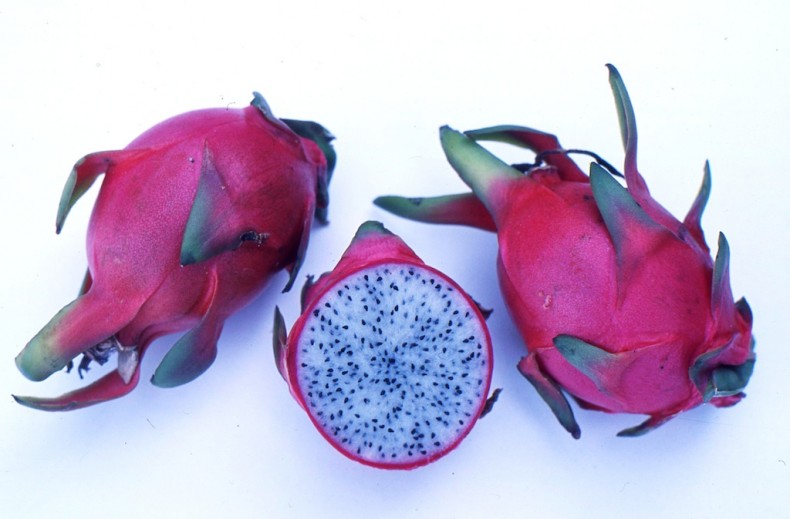 It looks as exotic and decorative as its name, is a hugely popular fruit in Vietnam and is now a familiar sight on greengrocers’ shelves in Australia.
It looks as exotic and decorative as its name, is a hugely popular fruit in Vietnam and is now a familiar sight on greengrocers’ shelves in Australia.
Dragon fruit’s origins are in tropical central and South America, it’s a member of the cactus family and while there are red and yellow fleshed varieties of Pitaya, as it is also known, it is the white-fleshed Dragon Pearl fruit (Hylocereus undatus) also known as Thanh Long which is the most common variety available commercially. Continue Reading
By Penny Woodward
We are so lucky to have such a good garden show in Melbourne, and an unsurpassed site in the Carlton Gardens and the Exhibition Building. I was there for four of the five days and don’t think I have seen so many people in previous years. There were some wonderful display gardens, fabulous floral displays and interesting gardening related commercial stands. Continue Reading
By Gail Thomas
There’s nothing better than a fresh juicy ripe pear, simply by itself, as a perfect match with a glass of Sauternes or in any number of sweet or savoury dishes. Kicking off the season in January and February are the delightful tiny paradise pears, also sometimes known as sugar pears, crystal pears or faccia bella, with their rosy blushed cheeks. Continue Reading
By Penny Woodward
Heartsease (Viola tricolor) is a member of the viola family, closely related to pansies and violets. It has acquired an intriguing list of names over its long history, names that reflect its diverse characteristics. Some call it Johnny-jump-up and kit-run-about, both names earned by its endearing habit of suddenly appearing and then thriving in odd corners of the garden. In spring more than two years ago I planted heartsease in one corner of my garden. It grew quickly and flowered prolifically until the weather got really hot and dry. The plants died and much of the seed dropped to the ground, the rest I sprinkled around the garden. The following autumn many new plants poked their oval-shaped green leaves through the soil and a few weeks later began to flower. The cycle has repeated itself and I’m now at the point where I’m waiting for cooler weather and rain, and wondering where the new plants will appear this time. Continue Reading
By Gail Thomas
Achacha (pronounced ah-cha cha), the Aussie name for achachairú (Garcinia humilis selecto) have been savoured for centuries in the Amazon Basin of Bolivia and are now being grown in North Queensland.
With its name translating as ‘honey kiss’ egg shaped achachas are a cousin to the mangosteen, boast a vibrant orange hued skin, creamy flesh and zingy clean sorbet-like flavour and usually contain one (sometimes more) large brown seed.
The trees produce their first crop at around seven years, have a lifespan of at least thirty years and it is estimated that each mature tree will produce about 3,000 fruit.
The ripe fruit is harvested by hand from December to mid March and are non-climacteric – i.e. they won’t ripen further after being harvested. Continue Reading
And other Cucurbits like zucchini, marrow and cucumber.
By Penny Woodward
Pumpkins, zucchini, marrows and cucumbers need bees to pollinate their flowers before the fuit will set and start to grow. These plants all have male and female flowers and the bees need to fly into the male flowers, collect the pollen while feeding on nectar and then carry the pollen to the female flower. If this doesn’t happen then the little pumpkin (or zucchini or cucumber or marrow) that has started forming at the base of the female flower, will yellow and fall off. Continue Reading
By Penny Woodward
Mints Mentha spp. Lamiaceae.
The mint family is extremely varied and it is often difficult to identify individual species because of their tendency to hybridise. There is also confusion with both common and scientific names.
Mints are easy to cultivate and can be grown from seed or by root division in spring and summer. As they spread rapidly from underground runners, they should be contained. These days I grow all my mints in pots. This not only stops them from taking over the garden, but also helps to stop them getting mixed up with other mints. They prefer a humus-rich soil, reasonable drainage and semi-shaded condtions, although they will grow in full sun as long as the soil is not too dry. Continue Reading

